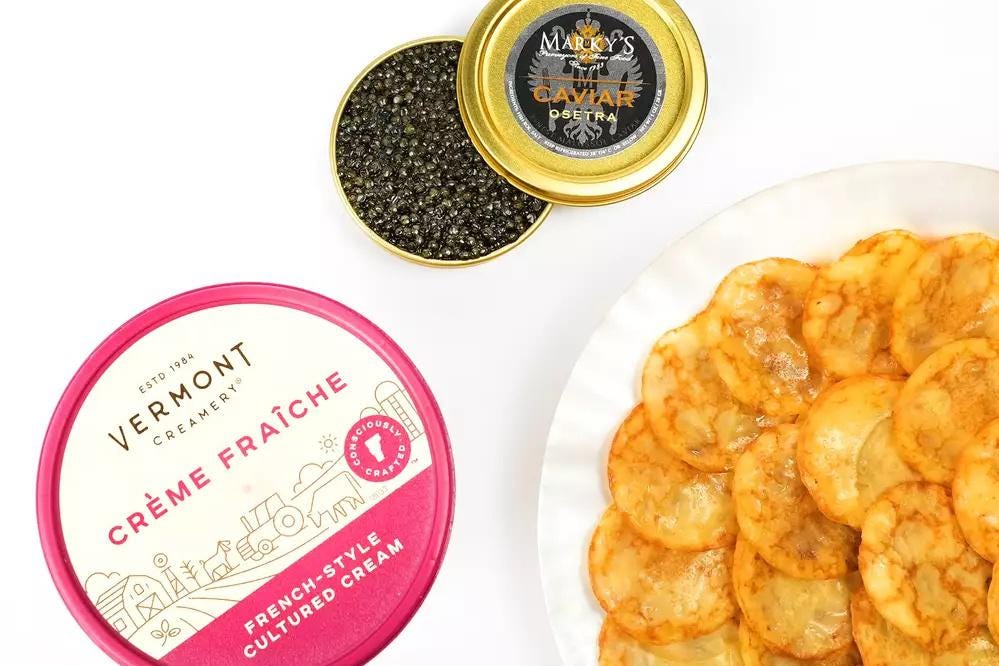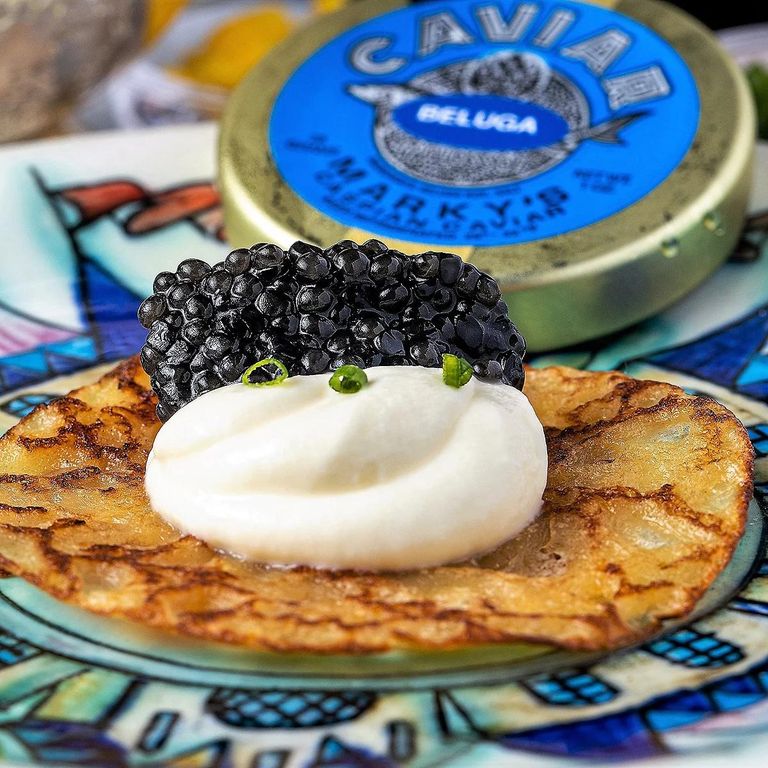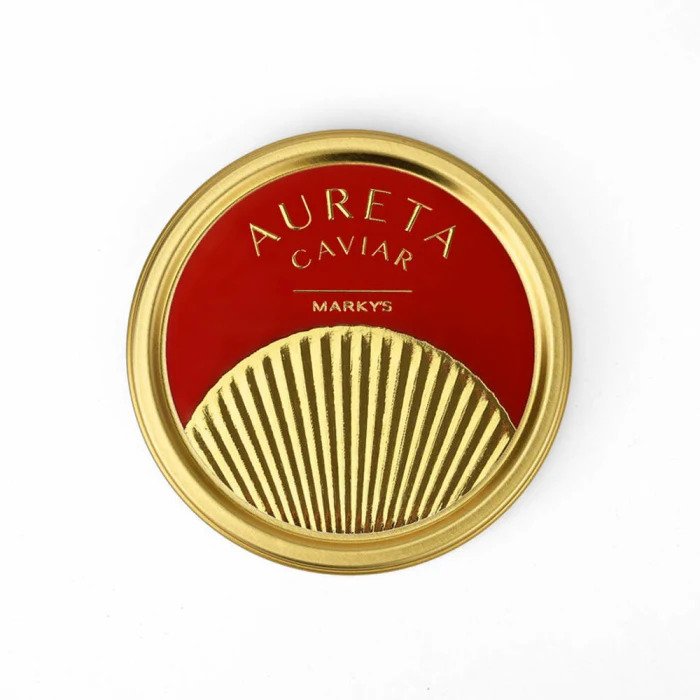Beluga buyer turns sturgeon savior - sustainable Caspian Caviar in USA
Beluga buyer turns sturgeon savior
BY JANE BUSSEY
This email address is being protected from spambots. You need JavaScript enabled to view it.
Posted on Wed, Mar. 12, 2003
Marky's Caviar, a Miami importer of high-end beluga from the Caspian Sea, says it has come up with one answer to save the roe from ruin -- ''surgeons'' for the sturgeon and DNA testing.
Marky's and the Russian caviar producer Raskat recently signed an agreement under which the caviar imported by Marky's will be harvested without killing the adult female sturgeon and will have DNA testing to prove it does not come from prohibited fish.
Under this company-to-company agreement, the fish roe will be surgically removed, then female sturgeon will be stitched back up and returned to the sea.
''We are an environmentally conscious company,'' said Natasha Akopian, project manager at Marky's, whose caviar and other gourmet food business generates between $8 million and $10 million in annual sales.
Marky's move was prompted by concern over the decline in the beluga population, victim of pollution and overharvesting in the Caspian Sea, the largest body of inland water in the world.
The collapse of the Soviet Union spelled the end of controls on the harvesting of the sturgeon and the caviar trade, while demand has been rising not only in international commerce but also locally in the Russia and other adjacent countries. Today, the beluga population is estimated to have fallen to 10 percent of its levels a decade ago.
The United States imports some 107 tons of caviar annually, with about 14 tons being beluga caviar, mostly from the Caspian Sea.
The economic incentives are high. Caviar prices reflect the scarcity of the delicacy. Two years ago for the New Year's holiday, 14 ounces of the best beluga from the Caspian Sea cost more than $1,000.
The caviar industry generates some $100 million in annual sales, making it the world's most valuable wildlife resource.
The threats to Caspian sturgeon were so serious that the international group, the Convention on International Trade in Endangered Species of Wild Fauna and Flora, or CITES,imposed a ban on trade in Azerbaijan, Kazakhstan, Turkmenistan and Russia in 2001. Last year, CITES lifted the ban when the four countries and Iran agreed to survey and manage their stocks.
Environmentalists said the agreement between Marky's and Raskat was an important first step. ''At face value, this is positive,'' said Craig Hoover, the deputy director of TRAFFIC, a joint program of the World Wildlife Fund and the World Conservation Union. ``The fact that private industry is taking these steps highlights that they are aware of how bad the situation has become.''
Akopian said the Russian branch of CITES will verify the preservation of the female sturgeon and the DNA testing, which will be carried out by the Russian Scientific Institute of Fisheries and Oceanography.
Marky's president, Mark Zaslavsky, said the survival rate of operated sturgeon was high, about 95 percent to 100 percent, although the process has never been carried out on a large or commercial scale.
''We are pretty hopeful that organizations like ours will make an impact in the task of making sturgeons survive in the Caspian Sea,'' Akopian said.
Most of the sturgeon in Russia are the product of aquaculture, artificial breeding and rearing.
Zaslavsky said the company was also working to establishing aquafarms in North Florida around Gainesville, where sturgeon will be grown in brackish water. Some 65,000 fertilized eggs of beluga are being imported and will be shared with other farms and the University of Florida.
Sturgeon, which can grow up to 2,000 pounds, are delicate fish. The Atlantic sturgeon has never recovered from overfishing in the late 19th century and more than 100 years later still cannot be commercially fished.







